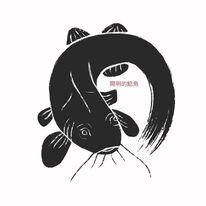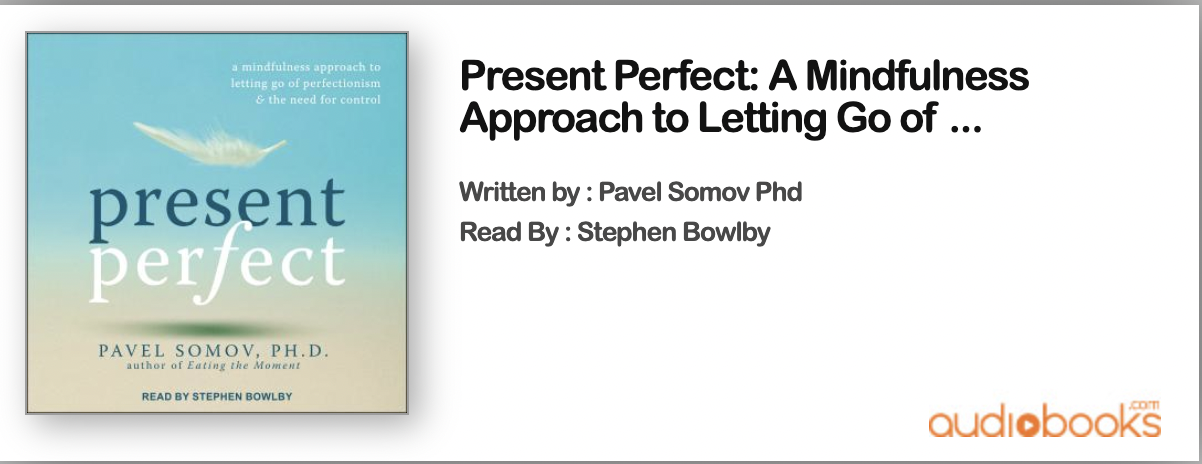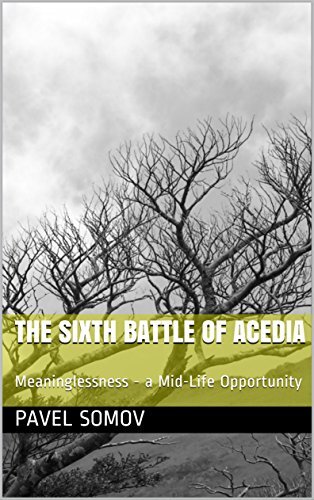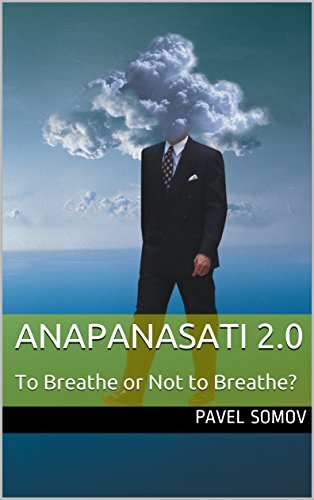
Highlights.
“Present Perfect,” narrated by Stephen Bowlby, is now available as audio book. Download from audiobooks.com or from Audible.
We think of ourselves as human. But aren't we just modern-day apes who think of themselves as "human?” "Humanity" is a treasured concept but a stagnated one. In this free-wheeling collection of 200+ sometimes poetic, sometimes pattern-interrupting essays & aphorisms, Pavel Somov surveys the gamut of the "human" experience - from identity to mortality, from neurosis to nirvana.
“One of the most innovative monographs on mindfulness that I've read; refreshing in its honesty and fearlessness; weaving in multiple disciplines and fields of study; such as, zoology; evolutionary theory; neurobiology; and mindfulness literature. (I would compare it to what it might have been like if John Cassian, Charles Darwin, Erich Fromm, Thich Nhat Hanh, and Jon Kabat-Zinn, to name only a few, collaborated on a monograph).”
Ian C. Edwards, PhD, LP
Author of "Being and Non-Being in Occult Experience Volume I: The Book of the Law"
Atramentous Press
There is Pranayama and there is Anapanasati. Pranayama is about modifying breath. Anapanasati is about leaving breath as it is. Pranayama is about control. Anapanasati is about letting go of control. Pranayama-mind wants to dissect breathing into breaths. Anapanasati-mind wants to restore breaths back into breathing. Pranayama is a science of self-control.Anapanasati is an art of letting go.Pranayama and Anapanasati are as different as double-door refrigerators and seven-inch stilettos. This book is about learning from lungs, not about taming lungs.
The approach outlined in this book is meant to help you create a new relational pattern, a pattern of radically humanistic relating, a pattern of profound emotional intimacy in which you see your partner as he or she is, as a process of unfolding ordinary perfection, as a companion in growth, as a source of self-sustaining support.
Wherever you find a neuron, there - as a species - we are. It is time we say a Neural Namaste to our neural selves. It is time we – the neurons – dare to unconditionally anthropomorphize ourselves. We - the so-called "humans" - would get a better sense of who we are if we started thinking of ourselves as a “we” not an “I,” as a neural plurality rather than a neural monad. (Not, as a “royal we,” but as a “neural we”). The book is about playing with the definition of being human, about expanding our radius of identification across species, and about our place on the tree of life.








